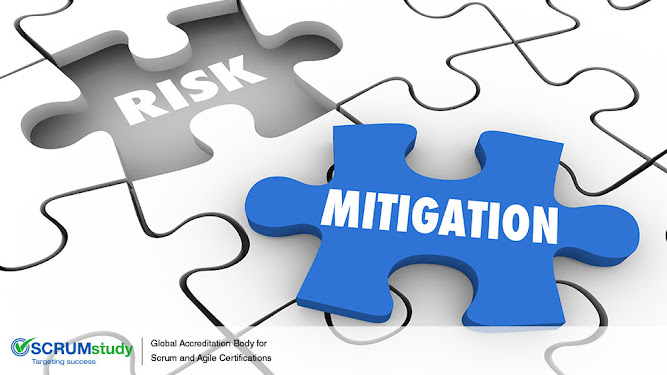Combining Scrum with Kanban
Scrum and Kanban have evolved from the agile methodology, each offering distinct approaches while remaining firmly rooted in agile software development principles. Scrum is particularly effective for projects with periodic releases, whereas Kanban shines in environments requiring frequent releases. Typically, Scrum is favored for product development projects, while Kanban serves as a valuable visual management tool, especially in production support scenarios. Combining the strengths of both methodologies results in Scrumban, an upgraded process that integrates the best practices of Scrum and Kanban. Scrumban represents an enhanced and refined approach to agile software development.
Before we discuss how Scrum and Kanban are integrated in the Scrumban process, will have a quick look at some of the salient features of scrum and Kanban.
Implementing Scrum means:
- Breaking the entire organization into cross-functional several teams.
- Breaking down the entire project into small chunks of well-defined deliverables.
- Listing the chunks in terms of priority and estimating the amount of work required to complete each one of them.
- Splitting time into short periods (iterations) where market-ready code is presented.
- Working on the release plan based on the review and feedback after the iteration.
- Enhancing the process with the help of retrospection after the iteration.
Speaking of the workflow in scrum, the team plans and decides on the work that it will be completed in the upcoming sprint. Once decided, the sprint activities are finalized and are finished within the sprint duration, clearing the queue.
Now we will look at the features of Kanban:
- Breaking down work into items, writing each item on a card and then sticking it on a wall.
- Using designated columns to show the placement of each item in the workflow.
- Limiting the work in progress by allocating clear limits on the number of items that may be in progress at each workflow level.
- Measuring the time needed to complete an item and trying to the lead time as predictable as possible.
When it comes to the Kanban workflow, the limit on work in progress enables the team to change items in queues whenever it is needed. There’s no clearing the queue, and there is a continuous flow of work.
How are Scrum and Kanban integrated as Scrumban?
Scrumban blends the principles of Scrum with the tools of Kanban for enhanced process efficiency. While originally rooted in different methodologies, the mechanics of Scrum and Kanban seamlessly complement each other. By incorporating concepts like Work In Progress (WIP) limits and visual workflows, Scrumban facilitates continuous process enhancement. Unlike traditional Scrum, where iteration planning fills predetermined slots, Scrumban adapts by filling vacant slots with iteration planning as needed, reducing the overhead of planning sessions. Essentially, Scrumban embodies the practicality of Scrum with the cultural ethos of Kanban.
Integrating the two agile processes leads to several advantages in terms of quality, just-in-time delivery, short lead time, continuous improvement (also known as Kaizen in Kanban terminology), reducing waste and overall process improvement.
Though Scrumban is a relatively new approach in agile, it is gaining quite a lot of popularity and attention from industries that have to cater to both development and maintenance work.
Here are some areas where Scrumban can be implanted in order to achieve success:
- Projects related to maintenance
- Projects that require event -driven work
- Projects that are prone to programming errors
- Teams created to mainly work on developing new products




Comments
Post a Comment